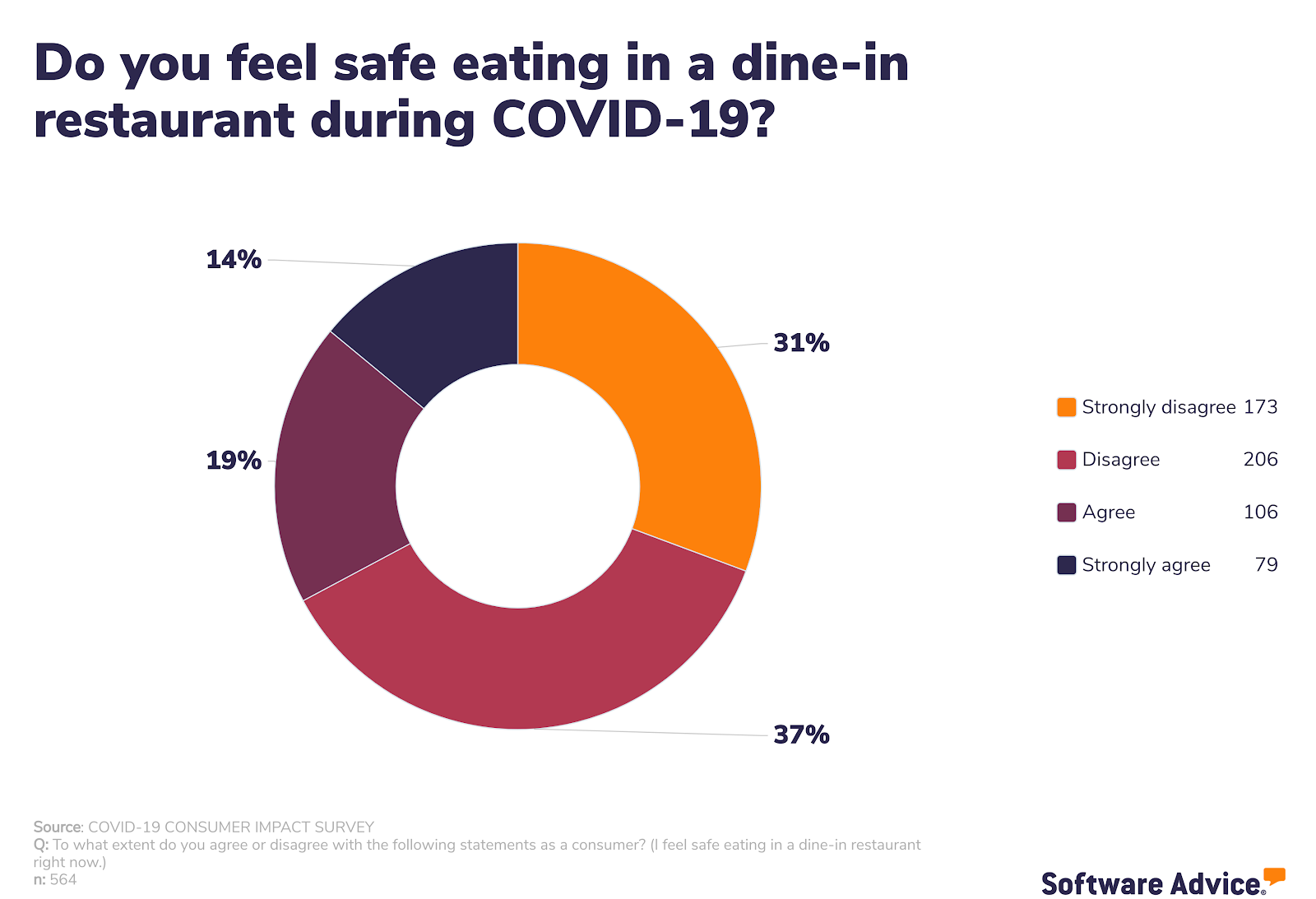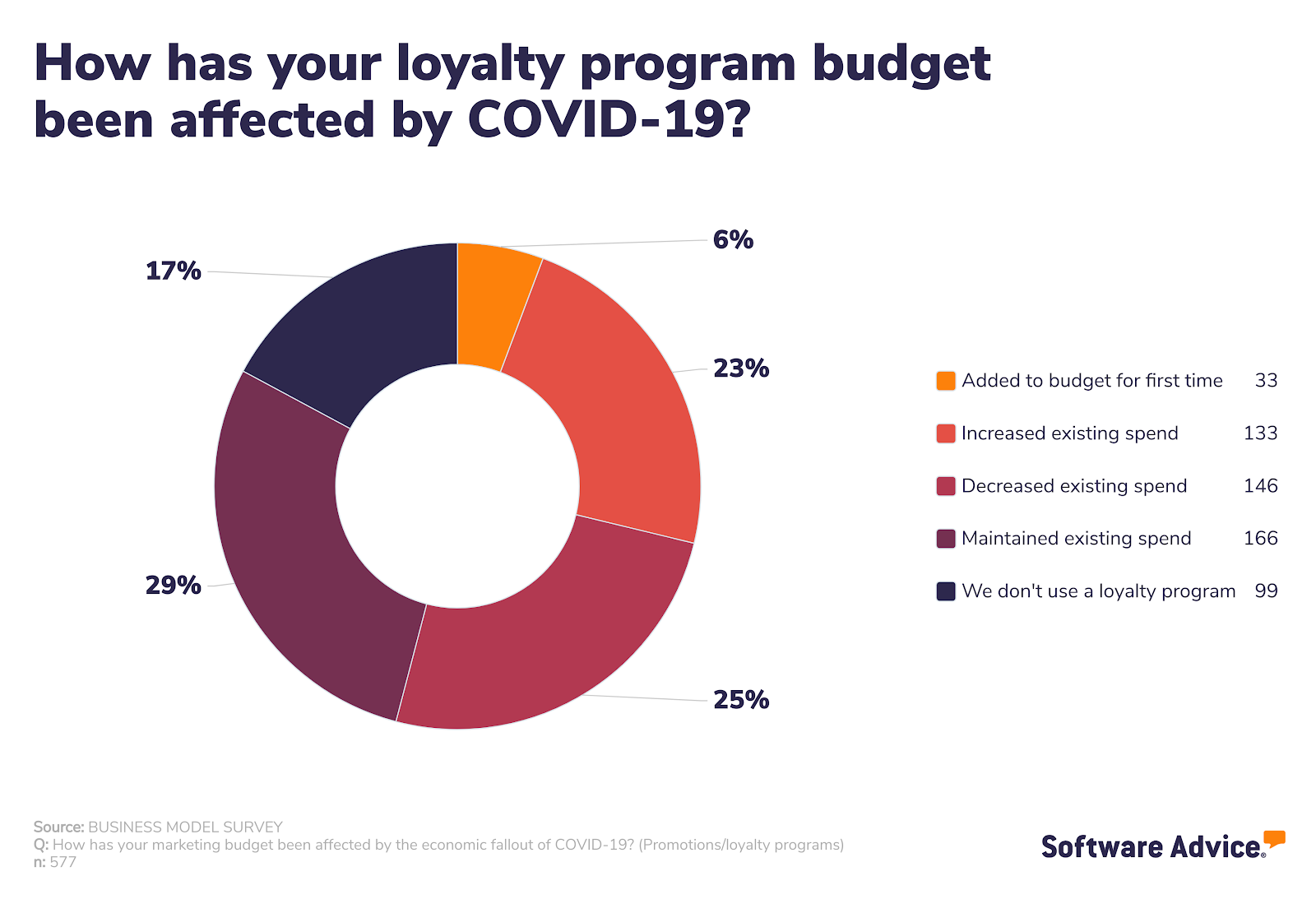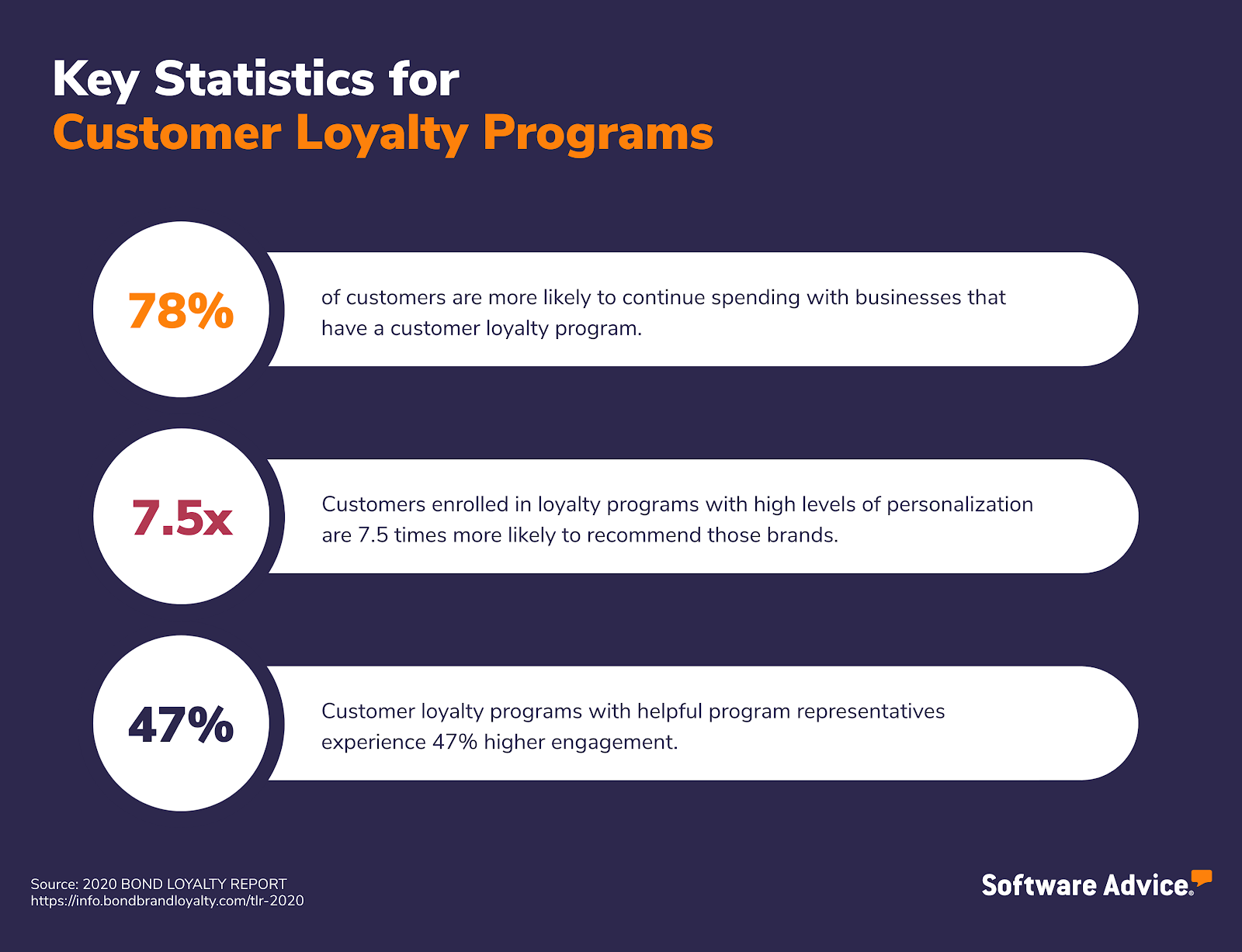5 Tips for Implementing a Successful Restaurant Loyalty Program
2020 was a devastating year for businesses across the board, but especially for restaurants. COVID-19 has pushed many struggling and even previously thriving restaurants into closing. According to the National Restaurant Association:
2020 ended with the restaurant industry’s total sales at $240 billion below pre-pandemic forecasts.
The year saw more than 110,000 eating and drinking establishments shut down.
And at the peak of closures, as many as 8 million restaurant industry workers were laid off or furloughed.
Restaurants have struggled particularly to adapt in the wake of COVID-19 due to the intimacy—and health risk—of a dine-in experience. According to our COVID-19 Consumer Impact survey (methodology below), 67% of the consumers we surveyed did not feel safe eating at a dine-in restaurant in the midst of COVID-19.

For the fortunate restaurants that made it through 2020 without having to close, it’s essential to not only attract new customers, but to keep your existing customers happy. One great way to welcome customers back into your restaurant, once it’s safe to do so, is with a restaurant loyalty program.
What is a restaurant loyalty program?
A restaurant loyalty program is a customer loyalty program specifically designed for restaurants and their customers. Customer loyalty programs track the spending of repeat customers then reward that loyalty with points that can be exchanged for rewards. Rewards for restaurant loyalty programs typically include discounted meals, free menu items, or even access to exclusive events and services, such as a wine tasting or celebrity chef appearance at your restaurant.
Do restaurant loyalty programs work?
Loyal regulars tend to spend more and generate larger transactions. According to Gartner, 80% of future revenue will come from 20% of your current customers (full report available to clients).
So, how do you keep diners happy and coming back for more? Aside from great food, atmosphere, and customer service, nothing entices a new customer to return quite like a restaurant loyalty program that consistently rewards them.
Many of your peers are already taking advantage of this strategy. According to the Software Advice Business Model survey (methodology below), 58% of respondents either maintained (29%), increased (23%), or added loyalty program budget for the first time (6%) in response to COVID-19.

Now, let’s look at five tips on how to build a successful restaurant loyalty program.
1. Reward loyalty on each and every visit
The 2020 Bond Loyalty Report found that 78% of customers are more likely to continue spending with businesses that have a customer loyalty program.

In other words, given the choice between a restaurant with a loyalty program in which they’re already enrolled versus one in which they’re not, customers are more likely to dine at the restaurant where they’ll accrue additional rewards.
This is especially true when a restaurant loyalty program rewards them consistently for every visit, whether it’s through accumulating points towards a discount or the ability to redeem a voucher by reaching a certain number of visits.
One thing to note, says Anne Schultheis, loyalty marketing manager of frozen yogurt store sweetFrog, is striking the right balance with reward frequency:
Anne Schultheis
Loyalty marketing manager of sweetFrog
2. Make your restaurant loyalty program simple
By now, most consumers are familiar with the idea of earning reward points for their purchases, so you don’t have to teach them the concept.
That familiarity makes adoption of your program simple and provides a better user experience, making it more likely that customers will engage with your restaurant loyalty program.
There’s also the psychological aspect of working towards a goal. For example, by visiting your restaurant, they are now 40% of their way closer to earning that free entrée. That means every visit creates more revenue for your restaurant.
Implementing gift cards as part of a restaurant loyalty program provides customers with the flexibility to claim rewards however they wish.
Here are a couple reasons why this is such a popular loyalty program reward:
Customers have the option to choose a specific menu item they want rather than receiving a reward already pre-selected by your restaurant.
Customers get to choose to use a portion of the gift card and save the rest for later visits. Research shows that consumers with gift cards often spend well above and beyond the amount in the gift certificates, by as much as 25% or higher, tapping into the psychology of “I’ve already spent the money.”
3. Go beyond monetary rewards to provide personalized experiences
Customers love discounts and savings—but personalized rewards and experiences, such as the preferential treatment of receiving a free meal on their birthday, are even more valuable.
The 2020 Bond Loyalty Report found that customers enrolled in loyalty programs with high levels of personalization are 7.5 times more likely to recommend those brands, 6.5 times more likely to spend more with those brands to maximize loyalty points, and 5.4 times more likely to continue spending with those brands.
Based on the free menu items it hands out for customers’ birthdays, sweetFrog found that the average spend from those transactions emerged as one of the highest among its rewards.
“Not only are people coming to redeem them, they’re purchasing more products from us during their visit,” says Schultheis.
Loyalty members are more likely to engage with your restaurant loyalty program if you provide relevant rewards or offers. For example, you can ask customers if they want to “receive more offers like this;” or, after a customer purchases a pizza for an entree, you can offer another pizza on a discount.
4. Establish a digital and mobile strategy for your restaurant loyalty program
Customers like–and expect–to interact with restaurants digitally.
This demonstrates a huge opportunity to build customer loyalty and increase customer retention through a digital or mobile strategy.
Having a digital and mobile presence enables restaurants to gather information and preferences to provide the best personalized experience for customers.
“’Mobile coupons/rewards’ is on trend with what we are seeing and where we are moving with our programs as well,” says Schultheis, acknowledging plans to introduce that to their loyalty programs.
5. Educate staff on the restaurant loyalty program
Encourage your employees to ask customers if they’re a part of your restaurant loyalty program and train them to be confident in talking about the benefits.
The 2020 Bond Loyalty Report found that customer loyalty programs with helpful program representatives experience 47% higher engagement.
If customers have already signed up, highlight benefits of the program to encourage more use. If they haven’t signed up, provide an incentive for them to sign up on the spot (e.g., 10% off your purchase if sign-up is completed). It doesn’t require much effort from customers, and all that’s needed is a “yes.”
Here are the key areas employees need to be educated about on your restaurant loyalty program:
What type of rewards structure the loyalty program is based on
How rewards and promotions are sent out (e.g., email, text, and app notification)
Functionality and flow of the app or rewards platform, from the customer perspective
How to answer and overcome objections to signing up
Frequently asked questions about the program
Good restaurant loyalty programs put customers first
Positive customer experiences are the foundation of every successful restaurant and well-executed loyalty program.
Before implementing a loyalty program, it is imperative that you have a fully equipped and functional restaurant POS system that sets your restaurant up for growth.
Check out our Restaurant POS buyers guide
Information on everything, from common features to pricing. Explore our buyers guide now.
Not only is the right restaurant POS essential for managing and analyzing customer data (e.g., customer purchases and habits), it enables your restaurant to deliver greater customer experiences by saving time and streamlining daily operations.
If you need help choosing the best restaurant POS system or customer loyalty software for your restaurant, we’re here to help in the following ways:
Use our live chat to speak with one of our expert advisors about what you’re looking for.
Schedule a call with an expert advisor at a date and time for your preference to determine the best technology for your restaurant.
Survey methodology
The Software Advice COVID-19 Consumer & Employee Impact Survey was conducted in June 2020 to understand how the priorities and preferences of people—as consumers, employees, and patients—have shifted due to COVID-19. We surveyed 564 consumers making up a representative sample (by age and gender) of the U.S. population.
The Business Model Survey was conducted in June 2020 to better understand the business model changes SMBs have made in recent months, how these changes have impacted their value propositions, and the resulting challenges and successes. We surveyed 577 self-identified SMB leaders at U.S. businesses.
We worded the questions to ensure that each respondent fully understood the meaning and the topic at hand.